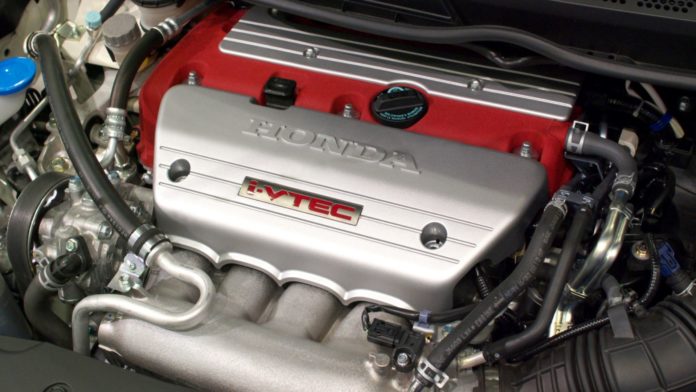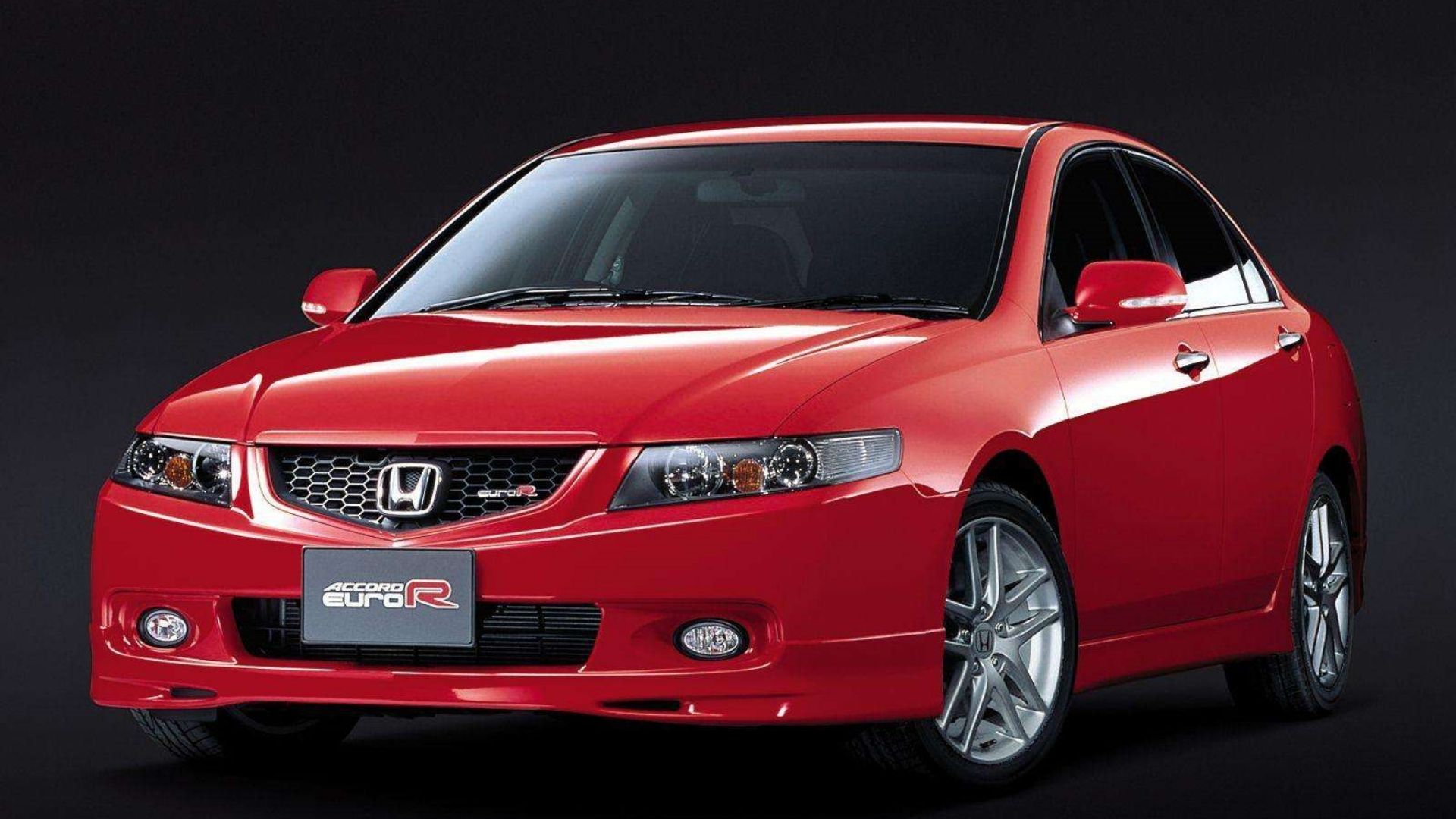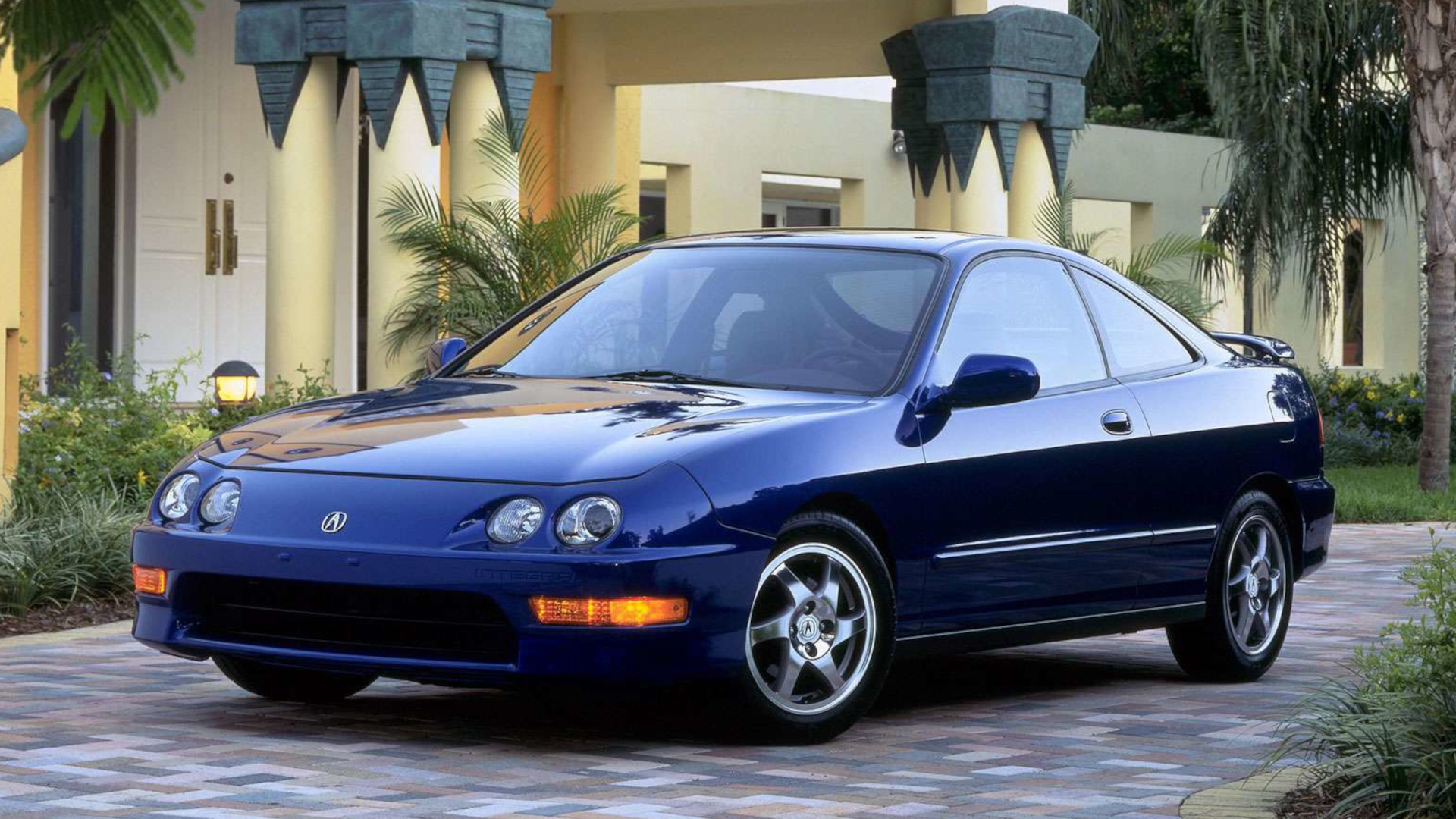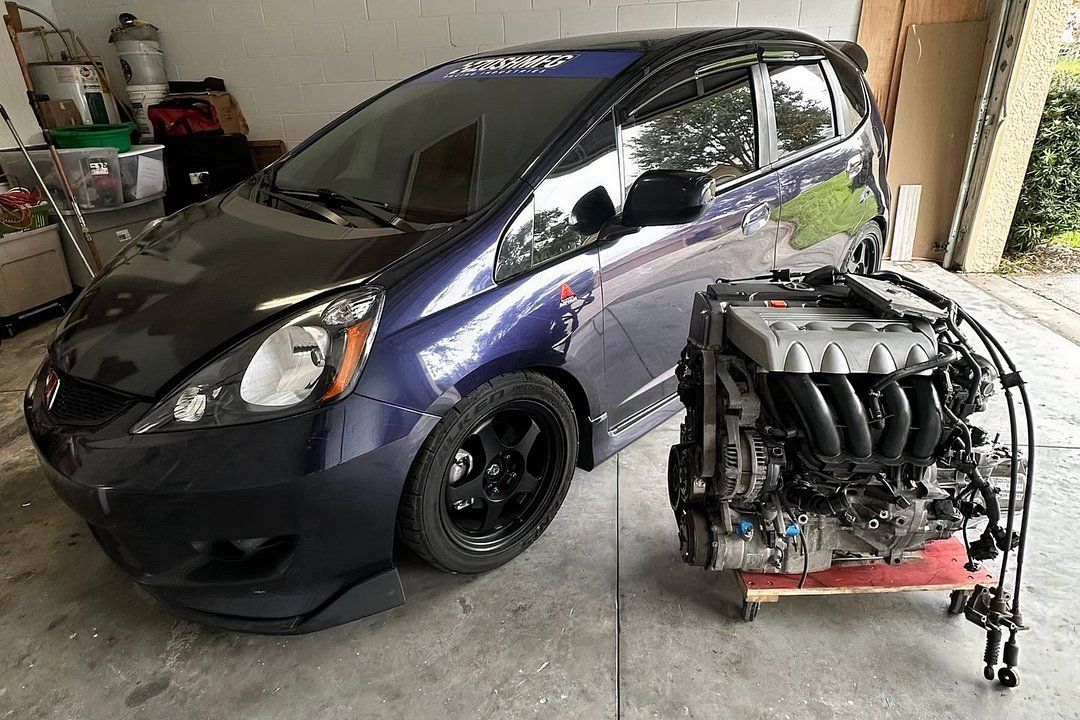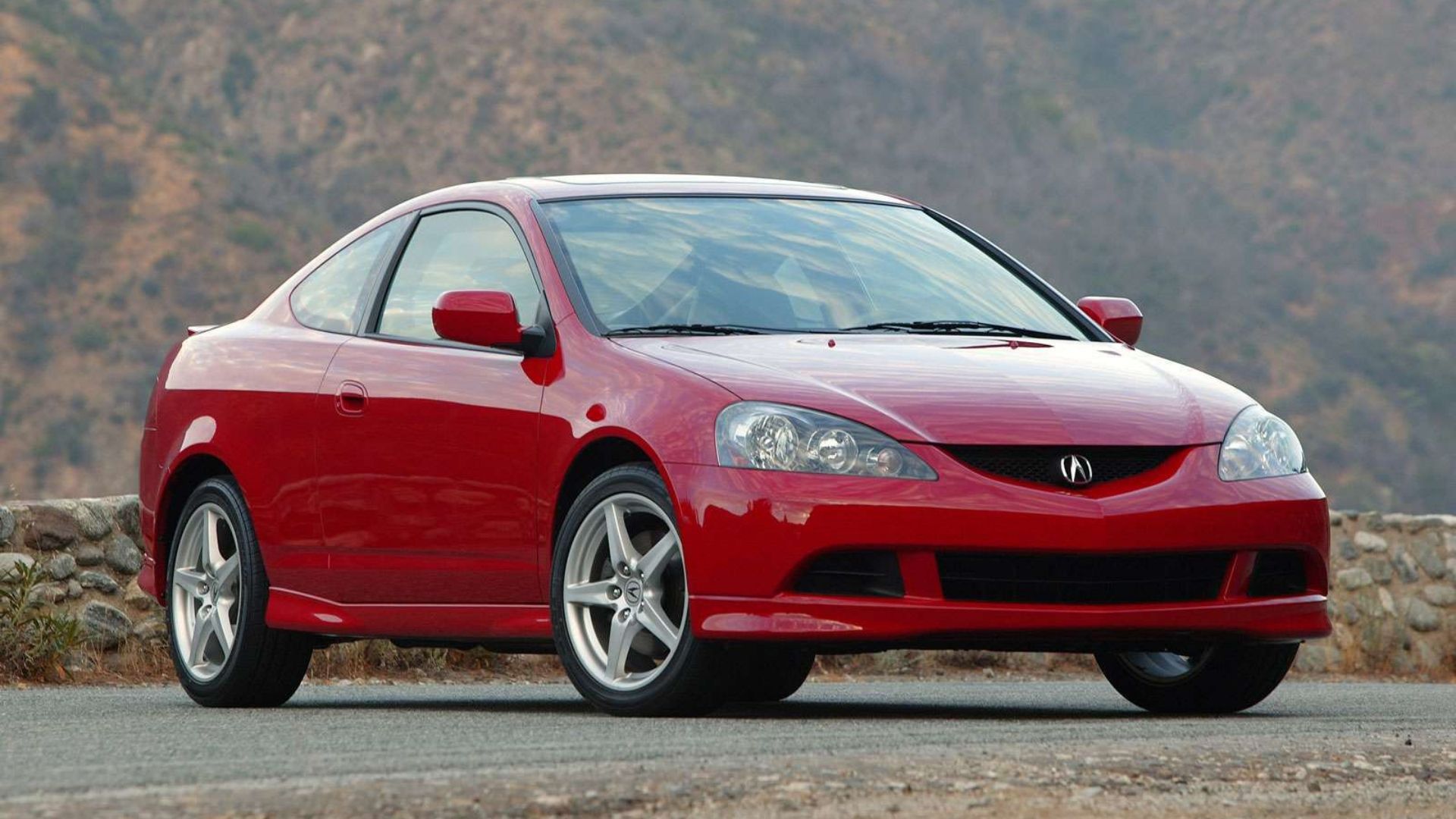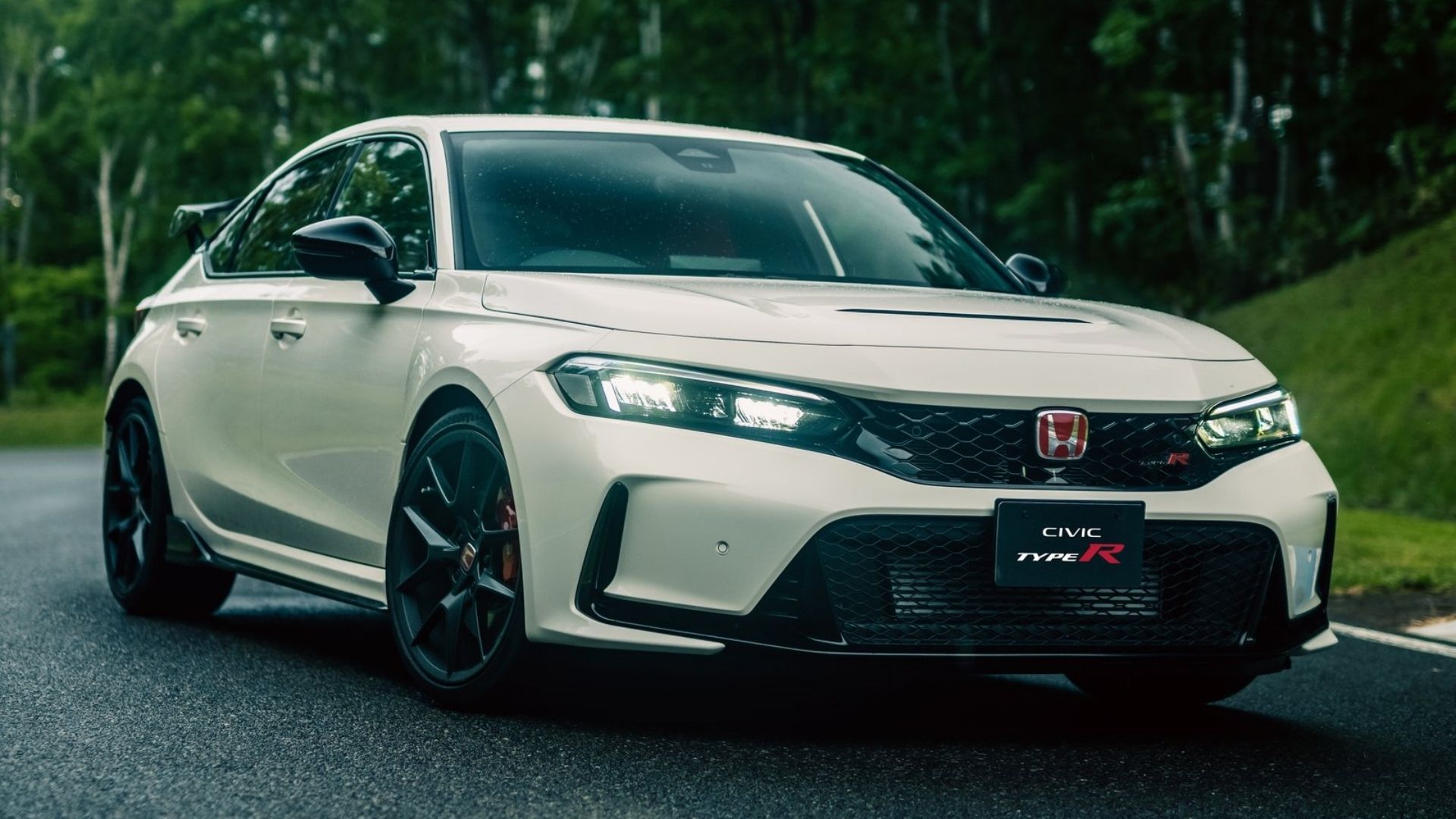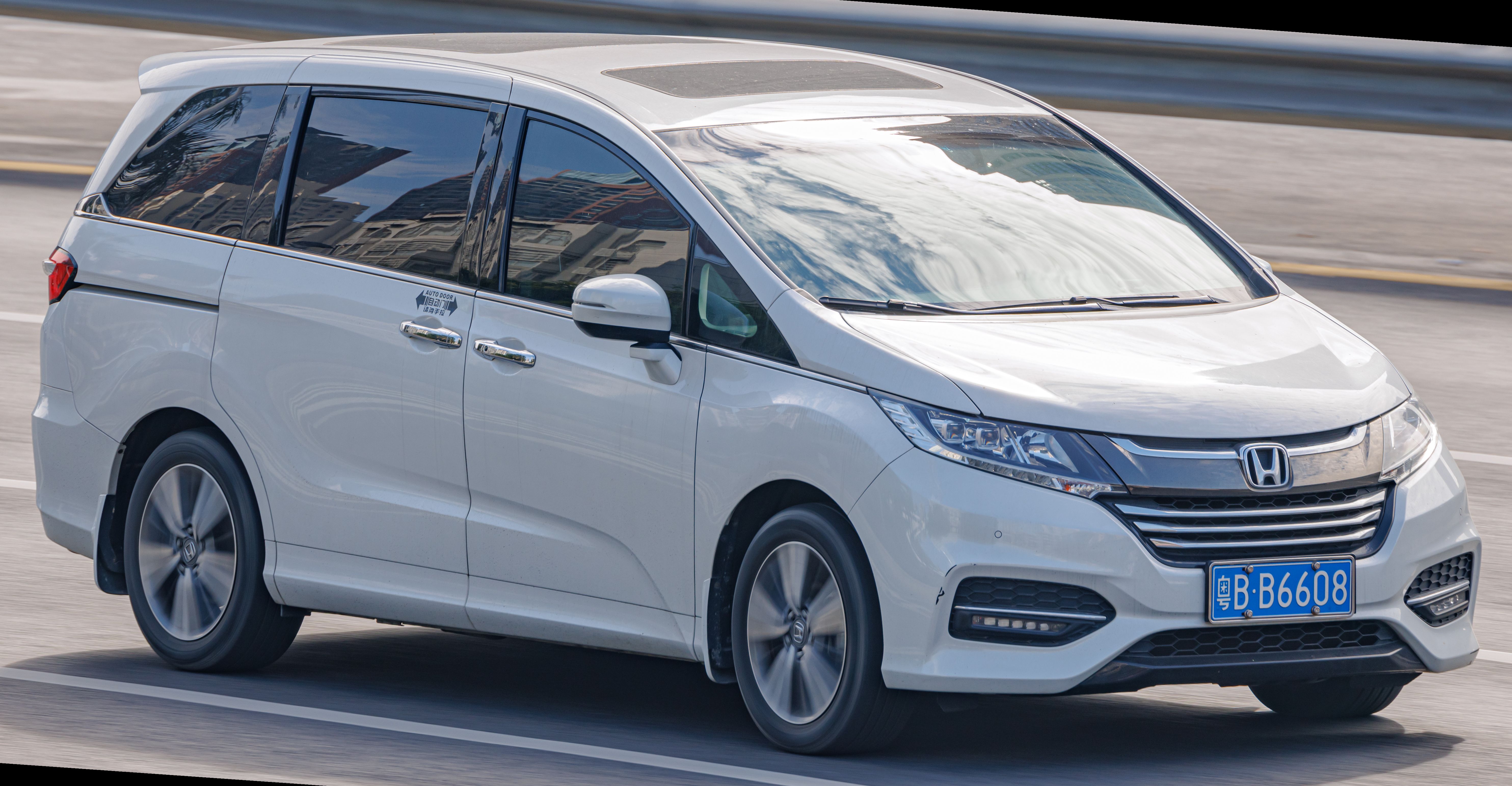For over two decades, the Honda K-Series engine has gained legendary status as a tuner car favorite, even though it started out powering humble vehicles like the Accord. Hondas with the K-Series are highly sought after, and tuner cars without one often get one swapped in. There is a litany of reasons behind the K-Series’ immense popularity, although one of the most shining aspects of the famous four-banger is its reliability.
Related
Most Reliable Used Cars: 10 Second-Hand Cars You Can Buy With Confidence
According to owners.
Despite its beginnings as a humble motor, it’s gone through several major updates and alterations, and it’s even been improved upon by companies other than Honda. In our CarBuzz write-up, we’re going to be combing through the K-Series’ history to see where it came from, what it’s done to shape tuner car culture and modern motoring as we know it, and we’ll take a look at a few famous cars running the K-Series.
History Of The K-Series
K-Series Historical Facts
- Introduced in 2001.
- Used in over 15 models in its first K20A iteration.
- The original K20A version is considered one of the best-sounding four-cylinder engines ever produced.
K-Series Application History
The Honda K-Series began life in 2001 as a modified version of the equally iconic Honda B-Series motor, which had been in production since 1988. The first iteration of the K-Series was the K20A and featured dual-overhead camshafts and Honda’s VTEC variable valve timing system on some sub-variants.
At first, the K20A came in two versions: High-Performance and Eco. The High-Performance versions were used in models such as the 2001-2006 JDM Honda Integra Type R and Civic Type R, and Eco versions were installed in models like the 2001-2005 JDM Honda Stepwgn and 2002-2008 JDM Honda Accord.
As time went on, several other versions of the K20A were produced, from the original K20A to the K20A9, which was seen in the 2004-2007 Honda FR-V. A few dozen K-Series variants were also produced for both racing and civilian use. The racing version was called the K20C2, and it wasn’t especially powerful. It was only 2.0 liters and produced 158 hp and 138 lb-ft of torque. Then again, the Formula 4 cars it powered weighed less than a poodle, so it was more than enough. The very same engine is still used in the base Civic to this day.
Shortly after the K20A’s inception in 2002 came the K24A, a larger-displacement version thanks to a taller deck height, or how far above the crankshaft the cylinder head sits. This larger K-Series was installed in larger Hondas like the JDM Honda Odyssey and Accord.
K-Series History In Tuning
One of the hallmarks of the K-Seires is simplicity, despite it being a modern motor. Everything inside and out of the K-Series motor was designed by Honda to be easily serviceable, meaning those with even just a rudimentary automotive knowledge could work on their cars, and those with a little more know-how could actually remove these engines and swap them into different cars. Reportedly, the best tuning configuration for the K-Series is taking the top end (cylinder head) from the K20A and mating it to the bottom end (engine block) of a K24A. This allows users to utilize the high-flowing head of the K20A with the larger displacement of the K24A.
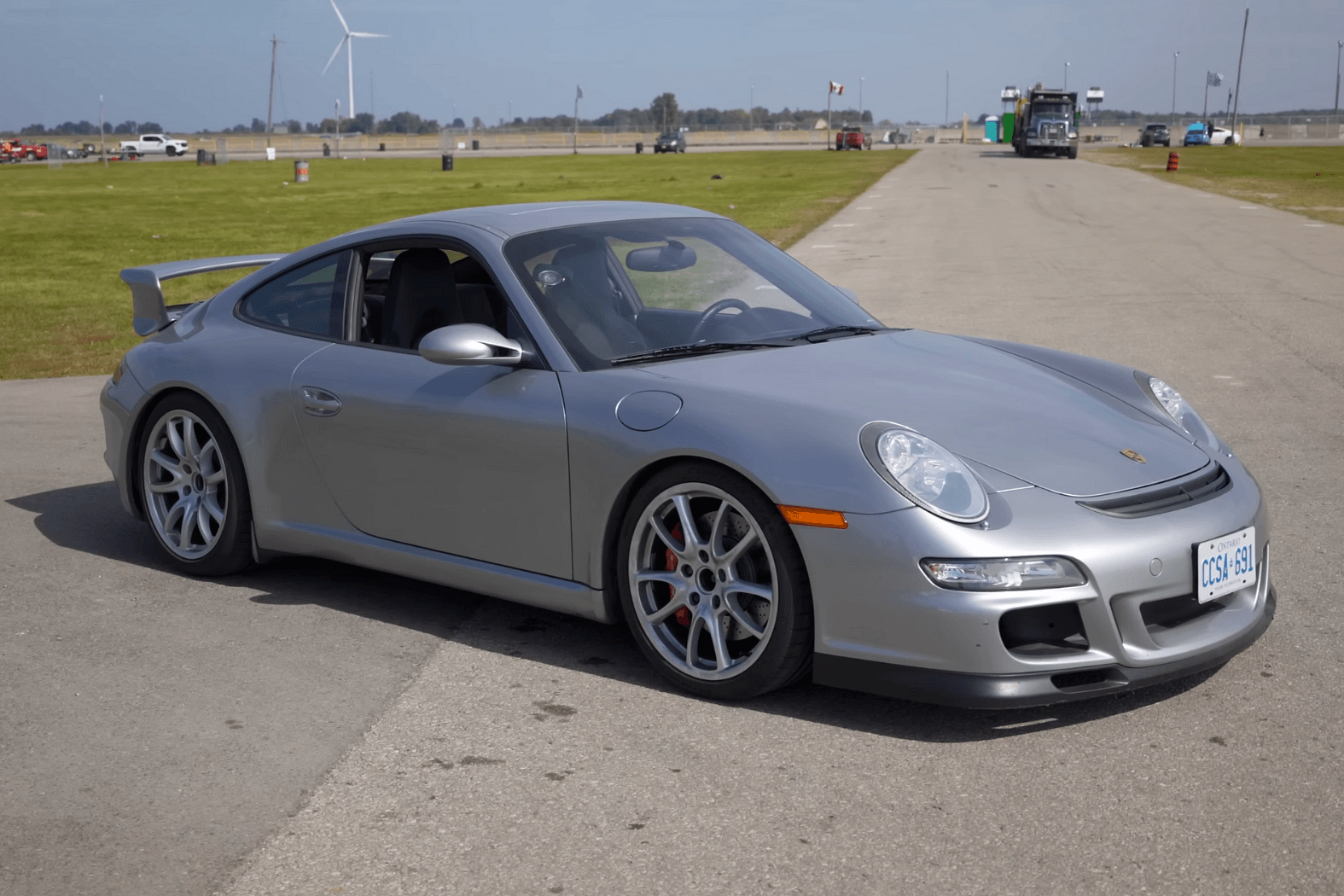
Related
Porsche 911 Upgraded With Honda K24 Engine For Better Reliability
The 911 owner wanted a more cost-effective, reliable engine, that still delivered a decent dollop of power.
When it became obvious the K-Series was becoming a popular tuner-car motor, companies began fabricating loads of adapter kits to allow the K-Series to go into other makes and models, so now everyone could have a crack at K-Series power and reliability, regardless of owning a Mazda or a Toyota, for example. The K-Series is also the jack-of-all-trades when it comes to racing. It’s equally at home on a drag strip, rally stage, hill climb, or circuit race, thanks to its broad torque band and high rev range.
The Updates Honda Made Through The Years
K-Series Versions
- K20 (4 versions, 2001-Present)
- K23 (1 version, 2007-2012)
- K24 (5 versions, 2001-Present)
Once the K-Series made its debut in 2001, Honda immediately set to work creating new and better ways of getting performance out of the motor. The original K20A itself saw eight iterations, spanning from the original to the K20A9, all of which spanned the course of 2001-2011 for production. The K20A received improvements to the combustion chamber, fuel injection system, and emissions systems throughout its 10-year tenure.
The K23 was only used briefly from 2007 to 2012 and was only made in one version: the K23A. The K23A was an attempt to bring the K20 motor to a larger platform, such as SUVs. It received a more robust bottom end and higher decking to increase the stroke of the motor and increase power, allowing it to pull heavier vehicles. The K23A only saw use in one model, the Acura RDX, and it was not considered very successful.
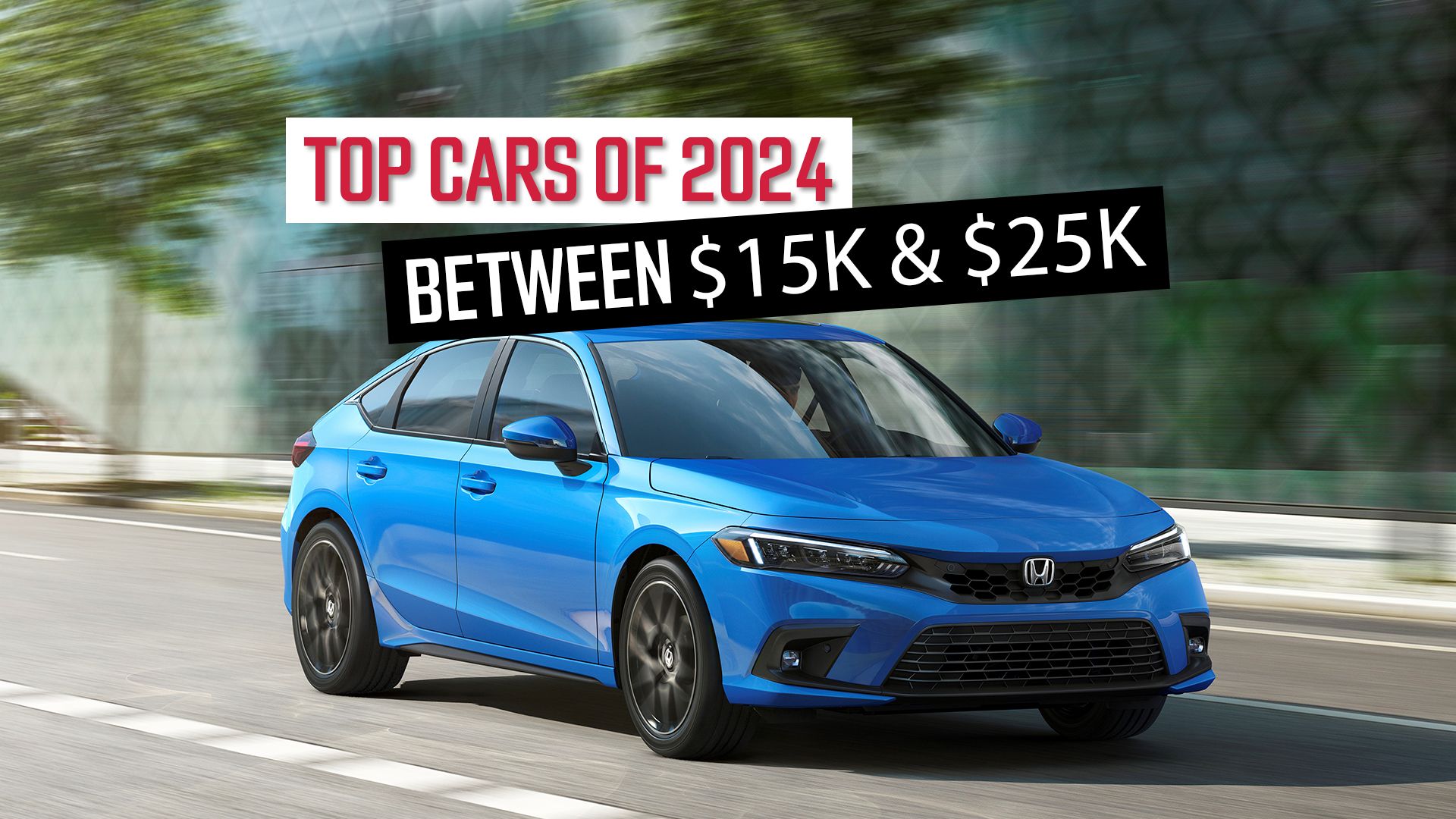
Related
Best Cars Of 2024 From $15k To $25k
These are America’s best affordable cars.
The K24 is arguably more popular than its smaller sibling, the K20. It began production in 2001 and has seen several iterations and uses throughout its 23-year career. The K24 is also a larger version of the K20 and was used largely interchangeably with the K20, as many models offered both the K20 and K24, such as the Honda Accord.
Honda’s main aim for its volume models has always been reliability, which is why it’s up there with Toyota whenever the subject of longevity is discussed. The K20 and K24 were over-engineered, with a solid bottom end and consistent updates including forged internals, oil sumps, and connecting rods.
What Makes the K Series so reliable?
Three Reasons Why The K-Series Is So Reliable
- Forged internals
- Moderate compression
- Cast iron cylinder sleeves
As with many of Honda’s creations, the K-Series engines are considered one of the most reliable engine families to date. It’s not just because of robust parts, either, although the K-Series motors were treated to beefed-up internals that were forged rather than cast for better durability. Another hardware aspect that made the K-Series so long-lasting was its cast-iron cylinder sleeves, which were able to withstand higher temps than other motors without them.
Another key reason why the K-Series was so reliable was its moderate compression ratio, usually seen around 9.8:1 to 11.0:1. While these engines could withstand more, Honda resisted the urge to turn the K-Series into a fire-breather, at least in its civilian applications. Keeping the compression ratio lower meant the bottom end, cylinder head, and valvetrain weren’t stressed, meaning the motor would last longer.

Add CarBuzz to your Google News feed.
Famous Cars Currently Running The K-Series
While the K-Series doesn’t see nearly as much use these days as it did in the past, below are five models still running versions of Honda’s iconic four-cylinder engine.
Honda Civic Type R (2023-Present)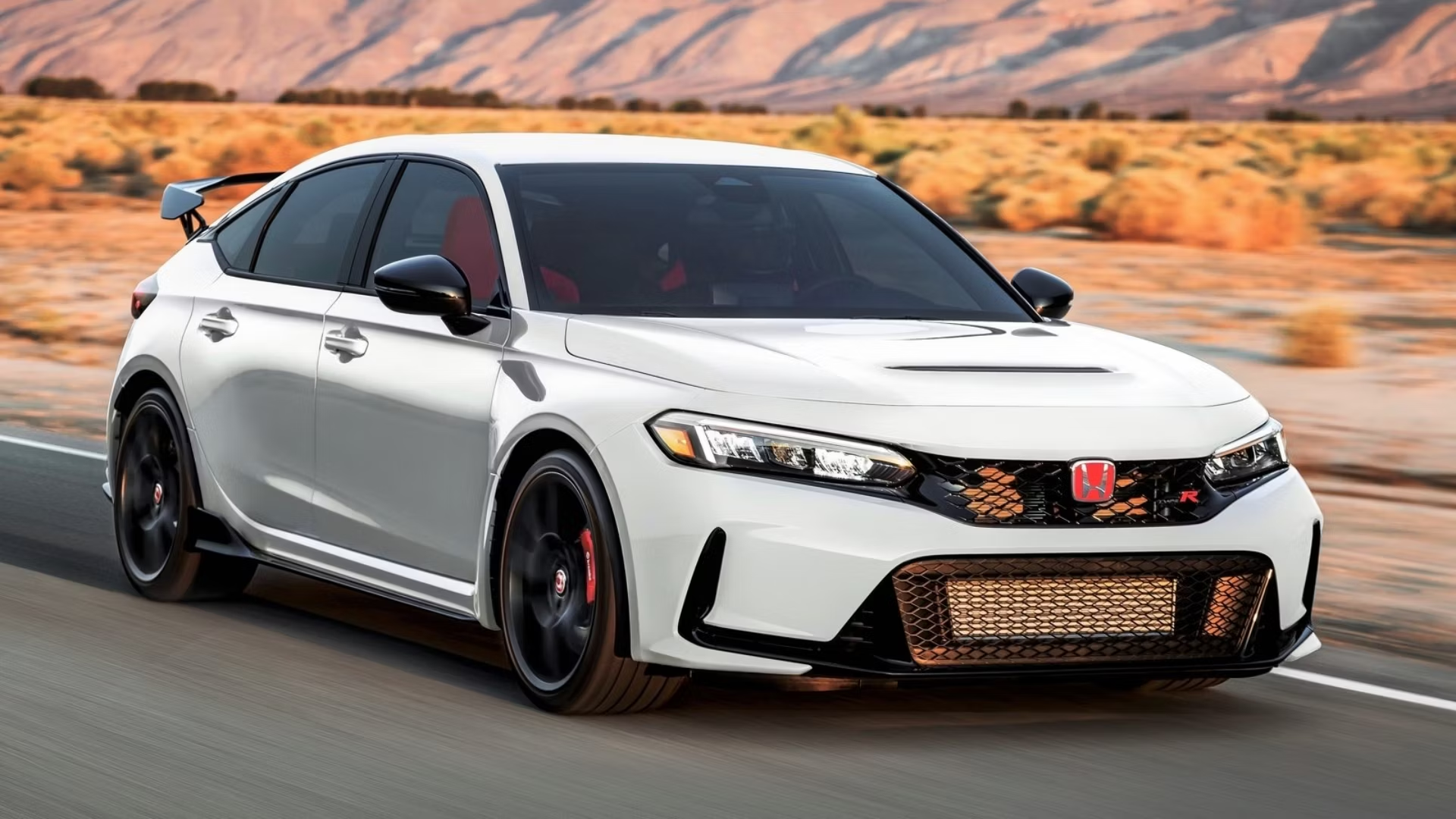
|
K-Series Variant |
K20C1 |
|---|---|
|
Horsepower |
320 HP |
|
Torque |
310 LB-FT |
Arguably the best-handling front-wheel drive car on sale right now, the Honda Civic Type R has been powered by the same 2.0-liter turbocharged four-cylinder (with some minor improvements) for the last two generations. People were quite upset when the FN2 Civic Type R dropped the naturally aspirated engine for a turbocharged unit, but every generation since has been a massive improvement over the previous model. It’s not so much the power the engine produces but rather how well the Type R transfers it to the ground. Most hot hatches have gone AWD, but the Civic has remained true to the original hot hatch recipe.
Honda Odyssey (2013-Present)
|
K-Series Variant |
K24W4 |
|---|---|
|
Horsepower |
174 HP |
|
Torque |
166 LB-FT |
The American Honda Odyssey is powered by a naturally aspirated 3.5-liter V6 engine, but in other parts of the world, power is not a big selling point. The K24W4 2.4-liter NA four-cylinder provides enough juice for a family of eight. The JDM version of this people carrier was good enough to win Japan’s Car of the Year when it was first introduced in 2013. It has received two facelifts since then and continues to be a hit in its segment.
Honda HR-V (2023-Present)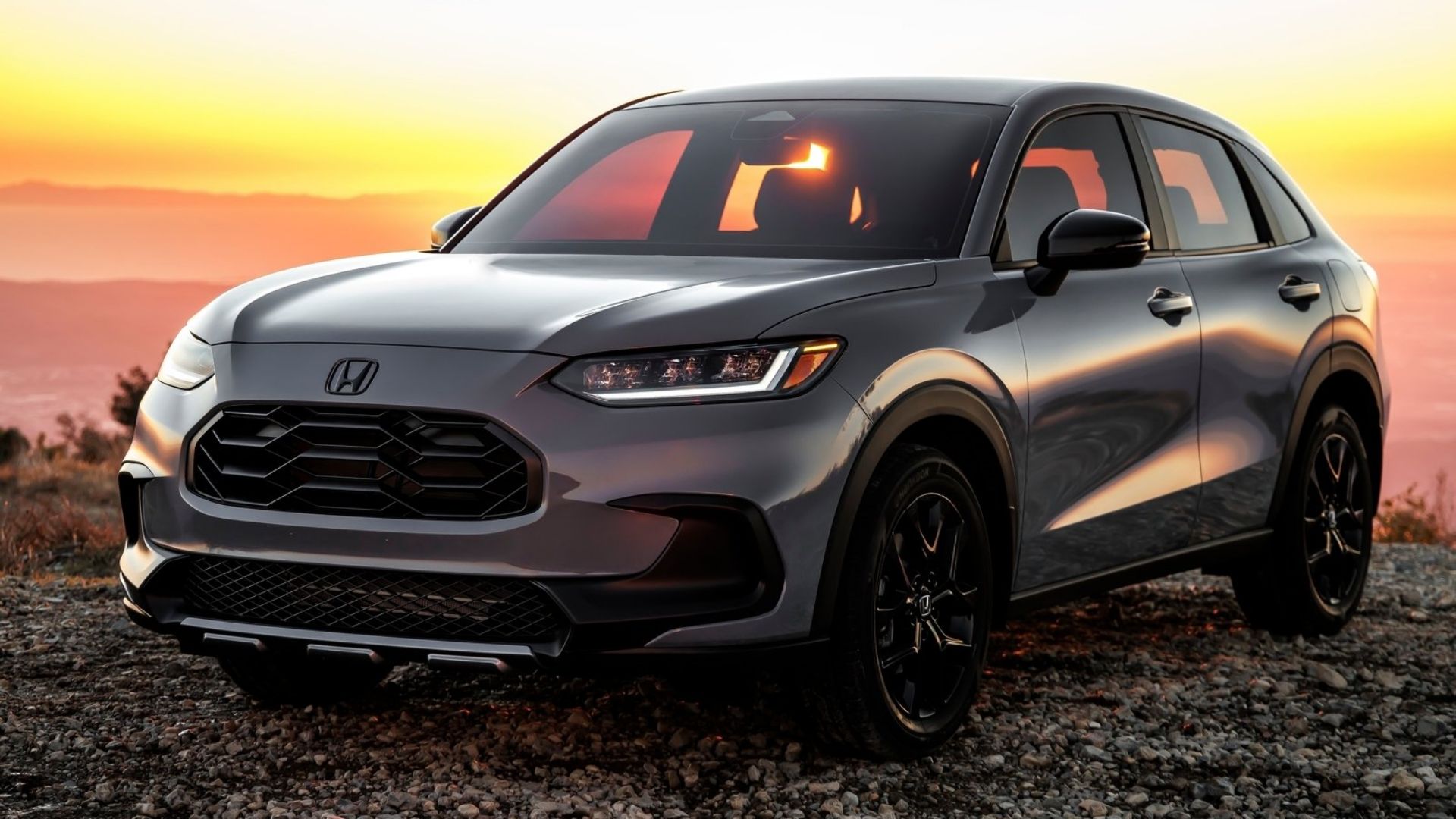
|
K-Series Variant |
K20Z5 |
|---|---|
|
Horsepower |
158 HP |
|
Torque |
138 LB-FT |
Honda’s second-most reliable SUV on sale in the States is also the cheapest one. Beaten only by the Honda Passport, which is the oldest Honda SUV available in the USA, the HR-V has received above-average scores in the quality and reliability department from J.D. Power. The latest version went on sale in 2023, and since then, Honda has sold more than 170,000 units. The 2.0-liter four-cylinder and CVT transmission might not be the most engaging combination, but customers in this segment want reliability, and that’s exactly what Honda offers.
Honda Civic Sedan (2019-Present)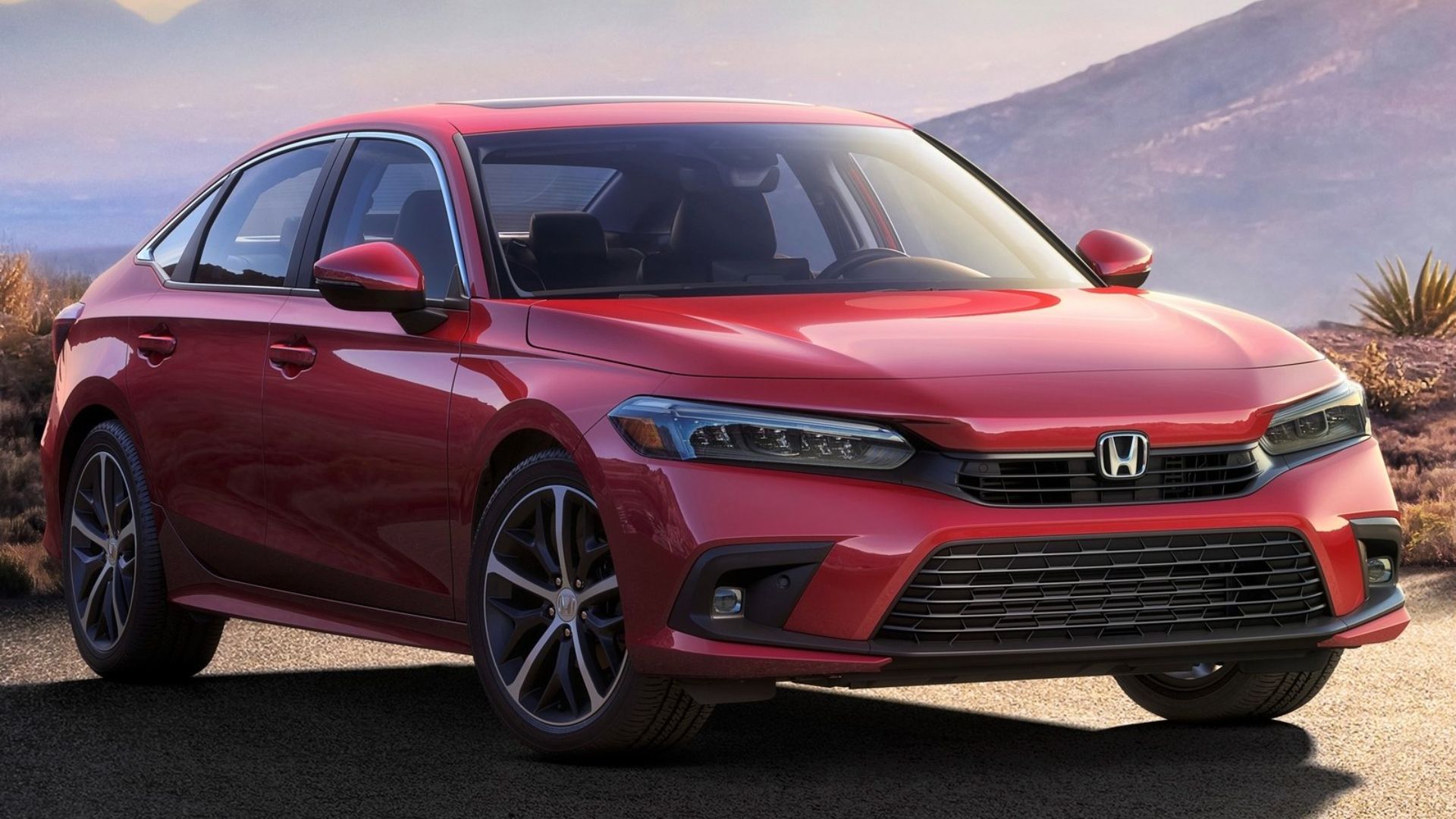
|
K-Series Variant |
K20C2 |
|---|---|
|
Horsepower |
158 HP |
|
Torque |
138 LB-FT |
Although SUVs and crossovers may have taken over, the Honda Civic remains a top seller in a top-20 list mostly composed of SUVs, crossovers, and trucks. The only Honda model that’s more successful is the CR-V. The latest Civic is a handsome car with a quality interior and loads of cool features, but all of these things are just a bonus. The Civic is a great starter car or a retirement car. You enter the purchase knowing that it’s not going to give you any problems and that it will be cheap to service. And you can leave it in your will because at least five generations later, your offspring will still be driving this car.

